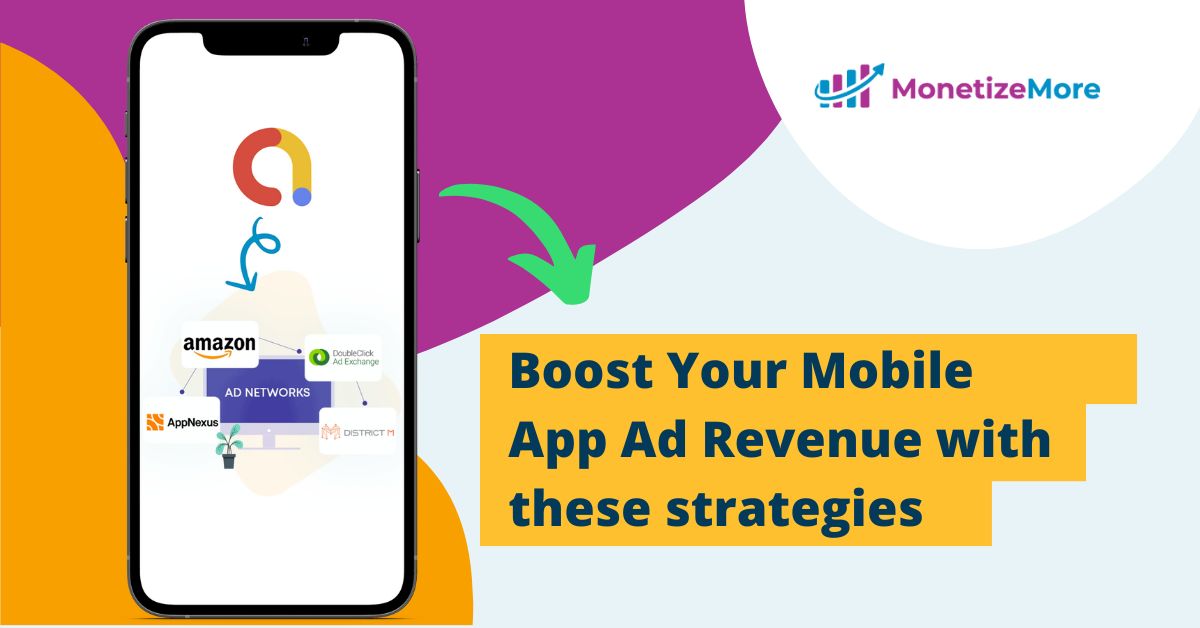
Mobile ad placements continue to soar, growing by as much as 92% right now. Optimizing your app and the ads you serve for users on tablets and smartphones has become a factor every publisher needs to address.
With the arrival of ad blockers, however, a wrong placement on your mobile site can mean digital suicide for your website traffic and engagement. It is crucial that you acquire effective strategies to combat this risk.
Nobody goes on a mobile app for a quick search with the patience of a monk. Often, people do quick research via browsing from their smartphones and expect that the page will load fast. They want to get the information that they need without any hassle. Make sure that your mobile site is not slow even if you load in your ad codes.
Nothing is more annoying than having a surprising sound to an otherwise quiet browsing experience. Make sure that if you are working with video ads, the sound is switched off by default.
What works for one type of website may not necessarily work for another. Sites that have visitors with ultra-short attention spans, for example, may not fare well with interstitial ad types. Sensitive older website visitors may also be bothered by sticky ads. Know your demographic and check which ad formats work best for you by doing a split test of ad types on your website.
Do not load ads on your mobile app to the point that it kills the reader’s ability to discover new content on your site. Make sure that the user’s browsing experience on each web page remains uninterrupted.
The key in engaging mobile app visitors is having a quick and attractive type of ad that can trigger action from them. You can take a crack at natively placed ads (made to look seamless with the article layout), video formats, or small ads that expand with a single click.
The danger in putting ads in the middle of your content in a web page is, it can create what is called a false floor. A false floor is an imaginary end to the web page presented by an ad in the middle of the page. App visitors will miss out on the additional content at the bottom of the ad in this case.
Harness the bottom placement of your web page with small but sticky banners. This technique makes the ad accessible to the reader no matter how much scrolling he or she does on the site.
Because of the challenge of quickly grabbing and enticing your site visitor’s attention to click the ad on a mobile site, going visual is one of the best strategies.
Make sure that the ads placed on the mobile app are targeted to your specific users. Programmatic advertising plays a vital role in ensuring that advertisements are aimed at users.
Ad placements on mobile app will continue to evolve, with the core principle of putting app visitors’ comfort first. Get a hold of the trends in maximizing your revenue by advertising for mobile, video and other platforms. Let’s get your mobile ad revenue rollin’ now. Get Started here.

With over ten years at the forefront of programmatic advertising, Aleesha Jacob is a renowned Ad-Tech expert, blending innovative strategies with cutting-edge technology. Her insights have reshaped programmatic advertising, leading to groundbreaking campaigns and 10X ROI increases for publishers and global brands. She believes in setting new standards in dynamic ad targeting and optimization.
10X your ad revenue with our award-winning solutions.